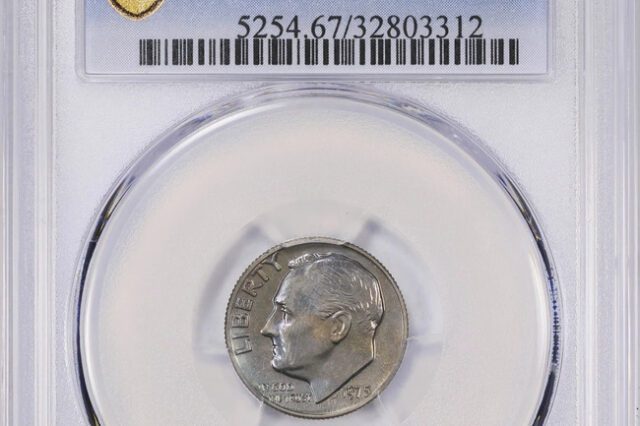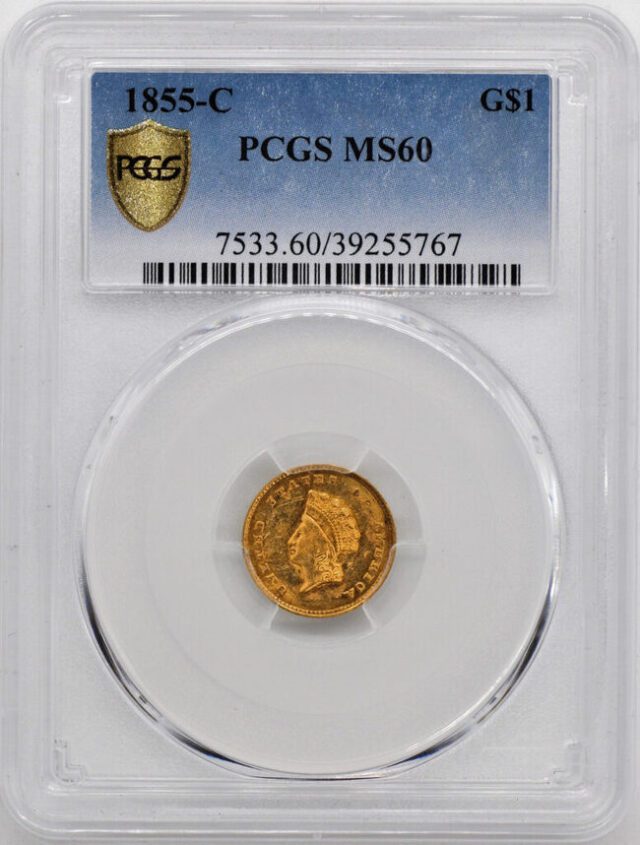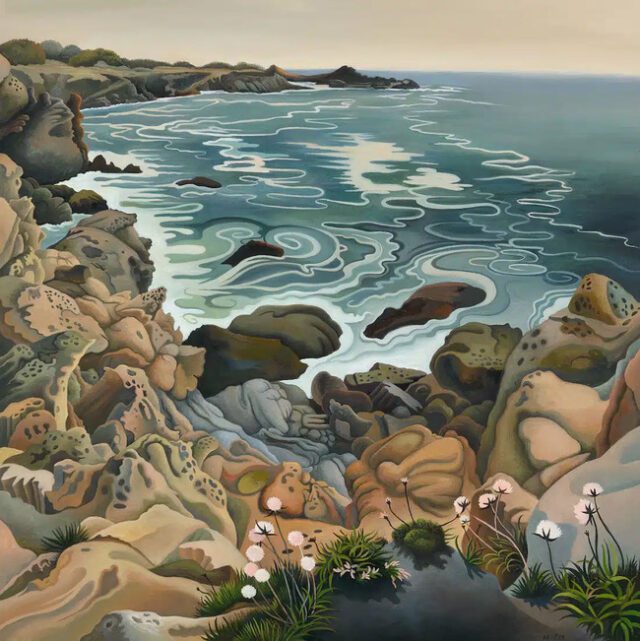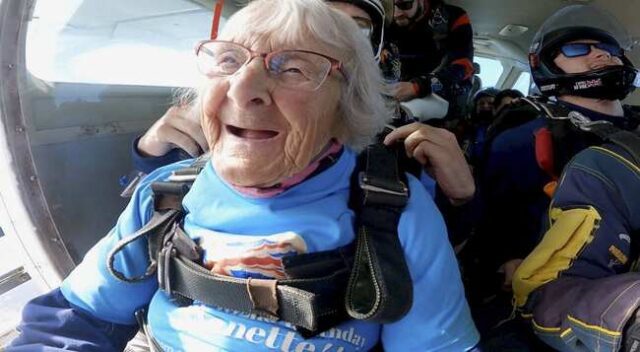
At Tewkesbury Abbey in Gloucestershire, England, two black Labradors named Eric and Florence have become beloved members of the staff. Originally the pets of lay minister Chris Skepper, they began accompanying him to work when a family scheduling conflict left him without anyone to care for the dogs during the day. What began as a temporary arrangement has since turned into a routine, with Eric and Florence becoming official “assistant vergers” at the historic abbey. The dogs, who now attend services and assist Chris in various tasks, have been warmly embraced by both staff and visitors. Wearing name badges, they bring joy and comfort to everyone they meet, even acting as therapy dogs for those in need of a calming presence.

The Labradors have made a significant impact on the atmosphere at Tewkesbury Abbey. Chris believes that their friendly, approachable nature helps break down barriers for visitors who may feel uncertain about entering the church. Many guests are delighted by the sight of the dogs, finding comfort in their presence and often stopping to interact with them. With their well-behaved and obedient demeanor, Eric and Florence have seamlessly integrated into their roles, providing support to Chris in his duties while also offering emotional comfort to visitors. Their wagging tails and eager spirits make them cherished members of the abbey’s community, adding a unique charm to the ancient building’s rich history.

The resurfacing of Kallio, a village submerged in the 1970s to create the Lake Mornos reservoir, serves as a stark reminder of the growing environmental crises faced by southern Europe. As drought conditions intensify due to climate change, the once-hidden ruins are now visible, bearing witness to the region’s changing climate and the precarious state of water resources. The artificial lake, which supplies drinking water to Athens, has seen its reserves dwindle to Continue reading “Ruins of a Long-Sunken Greek Village Emerge as Drought Saps a Vital Reservoir” »

In the small town of West Yorkshire, England, a feline kleptomaniac named Taboo has become infamous for her unique form of thievery. This 12-year-old black-and-white cat has learned to steal random items from her neighbors, including socks, gloves, underpants, and even shoes. Taboo’s owner, Sandra Danskin, often wakes up after her night shifts to find a variety of stolen goods scattered around her house, brought home by her four-legged bandit. The most bizarre of her Continue reading “Town Is Missing its Clothing as 4-Pawed Cat Burglar Pilfers Items from Neighbors and Brings Them Home” »

A rare 1975 dime without the San Francisco “S” mint mark, inherited by three sisters from Ohio, is expected to fetch over $500,000 at auction. This dime, kept in a bank vault for over four decades, is one of only two known examples of the minting error. The sisters, who recently inherited the coin after the death of their brother, had no idea of its potential value until they were informed by Ian Russell, president of GreatCollections, an auction house specializing in rare currency. The first of these rare dimes sold in 2019 for $456,000, and now the second will soon go up for auction, generating significant interest in the numismatic world.

The coin, part of a special uncirculated “proof” set made by the U.S. Mint in San Francisco in 1975, was originally purchased by the sisters’ family for $18,200 in 1978. The family, who operated a dairy farm, saw the coin as a financial safety net and kept it hidden for decades. The discovery of the coin and its upcoming auction has sparked excitement among collectors, with some speculating that more examples could exist within the original proof sets. However, experts note that these rare dimes will not be found in circulation, but only in the sets. The coin will be displayed at a coin show in Tampa before the auction concludes in October.

Psychedelic landscape paintings like those by Lake Tahoe-based artist Phyllis Shafer capture the spirit of the Sierra Nevada Mountains uniquely and vibrantly. Known for her plein air style, Shafer uses oil paints to bring the mountains, lakes, and forests of the American West to life with vivid color and dynamic energy. Rather than striving for photorealism, she embraces a surreal approach, using twisted perspectives to evoke the emotional essence of the landscape. Shafer, who grew up in upstate New York surrounded by nature, credits her rural upbringing for her deep connection to the land. Her move to Lake Tahoe allowed her to further develop her love for plein air painting, as she dedicated her summers to immersing herself in the natural beauty of the Sierra Nevada.

Shafer’s paintings blend realistic observation with imaginative, dreamlike elements. Her skies swirl, trees bend in unexpected ways, and flowers grow to an almost fantastic scale. Each piece seems to dance between the natural world and a surreal vision of it. One striking example is her painting Flicker’s Ascent, where the landscape appears distorted as if viewed through a fish-eye lens, and giant birds fill the sky. Drawing inspiration from both nature and 20th-century American Modernists like Thomas Hart Benton and Grant Wood, Shafer’s work reflects the bold, expressive style of artists such as Georgia O’Keeffe and Charles Burchfield while infusing it with her contemporary twist.











A recent study published in Nature Aging reveals promising news for “weekend warriors”—people who manage to exercise only on a couple of consecutive days each week. Researchers from China used data from the UK Biobank to track over 75,000 participants for an average of eight years. They discovered that those who crammed their physical activity into just two days a week, while inactive the rest of the time, still experienced significant health benefits. These weekend warriors saw comparable results to individuals who exercised regularly throughout the week, suggesting that even concentrated bursts of exercise can have a powerful impact on health. Participants who managed to engage in at least 150 minutes of moderate or vigorous physical activity over two days had notably lower risks for various health conditions, such as dementia, stroke, and Parkinson’s disease.

The study also highlights the importance of exercise for aging populations, with individuals over 65 seeing especially pronounced benefits. Weekend warriors reduced their risk of dementia by 26%, stroke by 21%, and Parkinson’s by 45%. They also experienced a 40% reduction in depression rates and a 37% lower risk of anxiety. Interestingly, the researchers accounted for factors such as sex, substance use, and pre-existing conditions to ensure the results weren’t skewed. The key takeaway is that whether it’s a weekend jog, a long walk, or playing with kids, a few days of consistent exercise can lead to substantial health benefits. While spreading activity throughout the week may be ideal, this research offers hope to those struggling to fit exercise into a busy schedule, showing that even weekend efforts can make a big difference.


India’s Sheetal Devi captivated the world at the Paris Paralympics with her extraordinary skill and determination. The 17-year-old, born without fully formed arms due to phocomelia, has defied the odds to become one of the top para archers globally. In the opening round of the women’s compound open event, she stunned the crowd with a perfect bull’s-eye. Her remarkable ability to fire a bow using her feet and mouth speaks to her resilience and adaptability. Continue reading “Armless Archer Wows the World With Bull’s-Eye in Opening Round at Paris Paralympics” »

At 102 years old, Manette Baillie has become Britain’s oldest skydiver, proving that age is no barrier to adventure. Celebrating her birthday in a way most people half her age wouldn’t dare, she jumped from 7,000 feet at Beccles Airfield in Suffolk, England. This was Manette’s first skydive, and despite admitting she shut her eyes tightly during the leap, the Continue reading “102-Year-old Woman Becomes Britain’s Oldest Skydiver–to Inspire People in Their 80s or 90s ‘Not to Give up Anything’” »

Over the last century, Norway’s forests have experienced remarkable growth, with their size more than tripling, according to a recent report by Statistics Norway. This expansion has been particularly rapid over the past 40 years, driven by increased levels of CO2 and warmer temperatures, which have created ideal conditions for tree growth. The report, which is part of the country’s long tradition of forest surveys dating back to its independence from Sweden in 1905, highlights that Norway was a pioneer in conducting national land forest inventories. Today, Norwegian forests boast over Continue reading “Norway’s Forests Have More Than Tripled in a Hundred Years” »









































